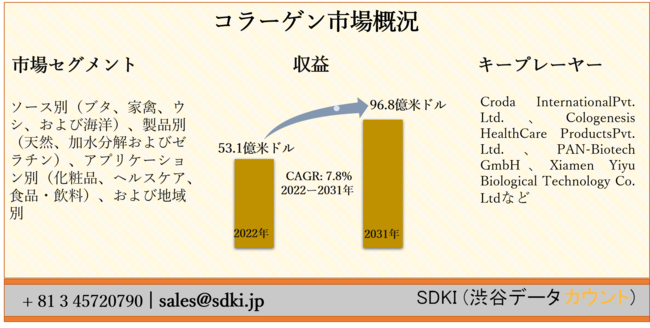A crucial step that is carried out before a product is shipped is the testing of its packaging. Pressure loads, shocks, vibrations, knocks, changes in humidity, or changes in temperature have significant influence on the product or its packaging during transport. Therefore, numerous methods to test the packaging have been devised to overcome this situation. The packaging is checked, with the help of test facilities, whether it can withstand certain parameters that are mentioned above. Packaging plays a significant part in the assurance of quality and integrity of the product. Products are being sourced and shipped worldwide to meet the global consumer demand; hence, the packaging needs to be durable.
This has made package testing even more important, as damaged or over-packaged products result in customer dissatisfaction and increased cost for retailers and manufacturers. The reliability of a package is tested by performing various tests such as drop, vibration, and shock tests, which are directed by the standard institutions such as ASTM (American Society for Testing and Materials) and ISTA (International Seed Testing Association). These standards are stringent and are universally followed. Packages need to be more durable and even a trace of toxicity is completely unacceptable especially in the food and pharmaceutical sectors. Any violation is investigated by high-level organizations such as the USFDA and strict action is taken, ranging from fines to permanent banning of the product.
The packaging testing market is driven by factors such as increase in product recalls due to stringent regulations, an increase in the requirement for durable products, increased demand for packaged products due to the growth of the FMCG industry, and increasing awareness due to unauthorized usage of recycled materials. The requirement of portable & automated testing techniques to enhance the testing availability in less time provides new growth opportunities for market players. Governments across the world are implementing rigorous guidelines to ensure the quality of the products. Testing is the main part of the guidelines, hence unavoidable. This, in turn, is primarily driving the market. The cost of packaging testing is very high due to the high cost of testing equipment. Therefore, this is the matter of concern for new entrants.
Based on the application, the packaging testing market is segmented into food & beverage, agrochemicals, pharmaceuticals, personal care textile, automobile, transportation, environmental, and other consumer goods. The pharmaceutical segment dominated the market in 2016. The food & beverage segment is projected to expand at a significant CAGR due to an increase in food safety awareness among consumers and rise in the number of packaging and labeling mandates in various regions.In terms of type, the global packaging testing market is segmented into physical, chemical, and microbiological.
Request a PDF Brochure with Future Analysis @
The physical segment dominated the market, accounting for a prominent share, since the determination of physical properties of a product is an essential application for packaging testing. The chemical testing of packaging is conducted for the determination of chemical properties such as corrosion level and overall composition of the material, monitoring product quality, toxic detection, contaminants detection, and to meet other regulatory standards. The microbiological testing of packaging is conducted to detect the presence of contamination that can harm the hygiene, since there is a possibility for some organism to survive inside the packaging.
In terms of geography, the packaging testing market can be segregated into North America, Asia Pacific, Europe, Middle East, Africa, and Latin America. North America is projected to dominate the packaging testing market during the forecast period. The market in Asia Pacific is projected to expand at a rapid pace during the forecast period, since the demand for packaging testing in the food & beverage industry is projected to increase in the near future. Other factors that are driving the Asia Pacific market include the presence of emerging economies, globalization of trade, and rapid industrialization in the region.
The market is dominated by key players such as SGS S.A. (Switzerland), Bureau Veritas SA (France), Intertek Group Plc. (U.K.), Eurofins Scientific SE (Luxembourg), TÜV SÜD AG (Germany), and ALS Limited (Australia).






